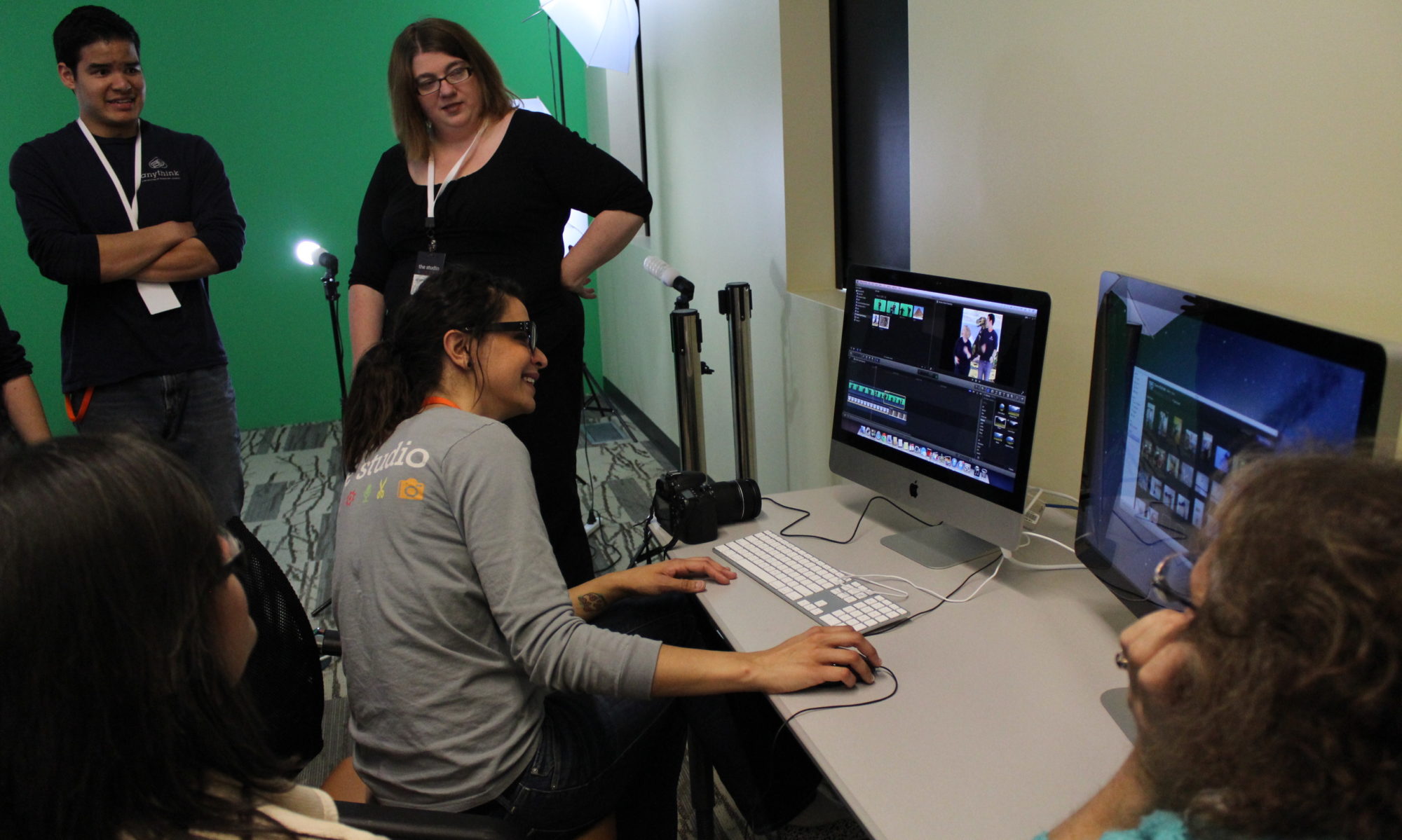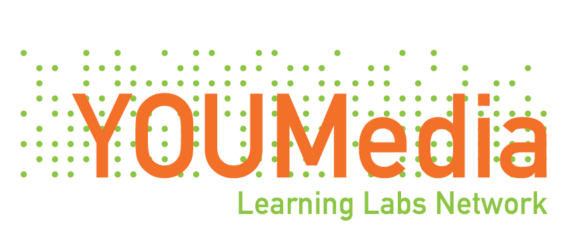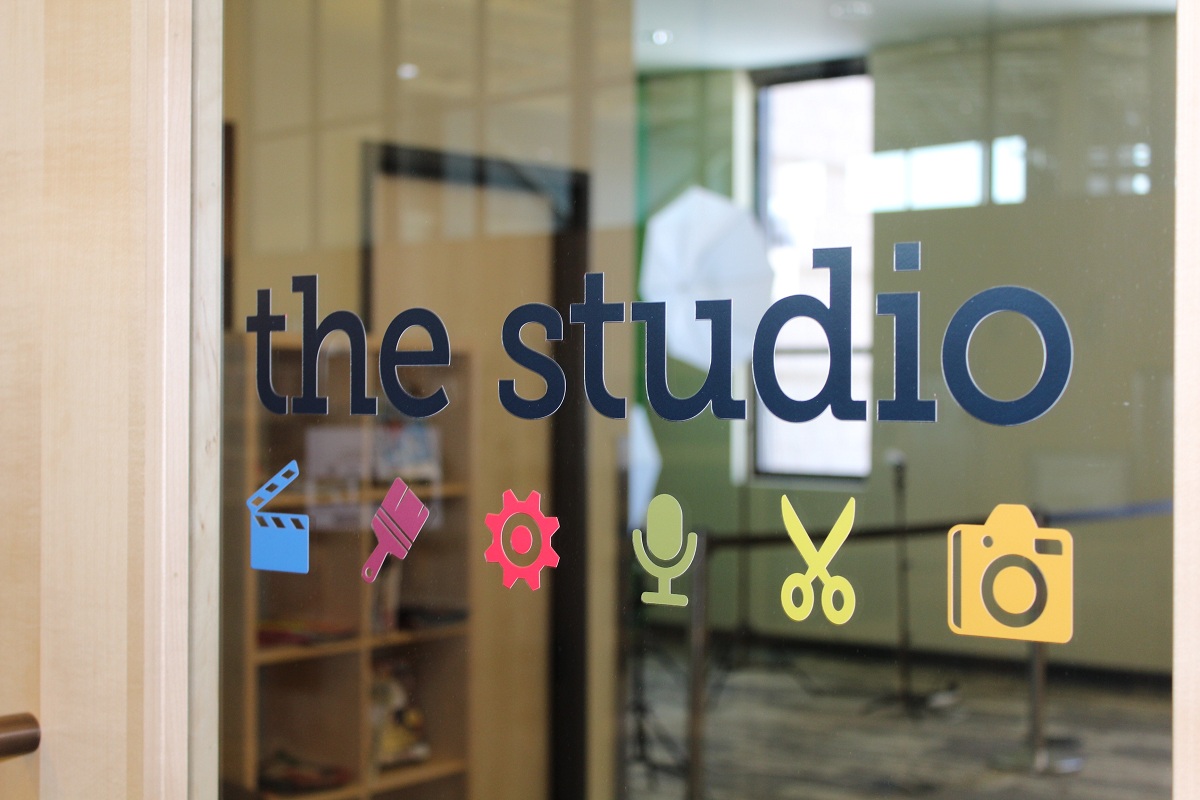By Logan Macdonald + Mo Yang of The Studio @ Anythink Libraries
After opening a digital learning lab and a makerspace, Anythink Libraries identified a need to connect programming in these spaces to the organization’s wider programming philosophy. By placing maker programming in context, Anythink created a unified vision allowing for quicker onboarding of staff and a smoother rollout to other sites and age groups.
After Anythink created two operational Studio spaces, our next steps included expansion to five other locations and to all ages. We identified a need to reach out to key staff members who would be expected to develop and deliver higher-level programs centered around production and informal connected learning. Administration envisioned these programs happening anytime and anywhere in our branches. They couldn’t be exclusive to specific sites, spaces or staff. This represented a progression in our approach to programming and we needed key staff to understand why The Studio is important, what we were doing conceptually, and how it all fit in with the organization’s strategic goals.
To build this understanding, we first had to define and document the different types of programs we were already offering and place them in context with what was, for many staff members, a new type of programming. In doing this, we distilled all of the different types of programming experiences we offer to customers into five categories based on their different traits. Categories ranged from passive experiences created by library staff to immersive participatory experiences driven entirely by customer interests. We created a document to define each category and outline our new vision of programming
We then shared the document with key staff so they could fit their programming into the continuum of experiences the organization provides to our customers. Part of this sharing process included some group brainstorming to figure out how different types of programs could be created around the same topic. Staff were encouraged to push their ideas further in the direction of production and informal connected learning.
Adding context to programming bridged the gap between supporting the experiences we were already providing and beginning to support higher-level informal learning experiences. Formal documentation of the organization’s entire programming philosophy has clarified expectations for staff and leveled up the informal learning opportunities created for customers. By first building the foundational framework of The Studio, the onboarding of staff created a unified vision, allowing for a smoother rollout to other sites and age groups.


